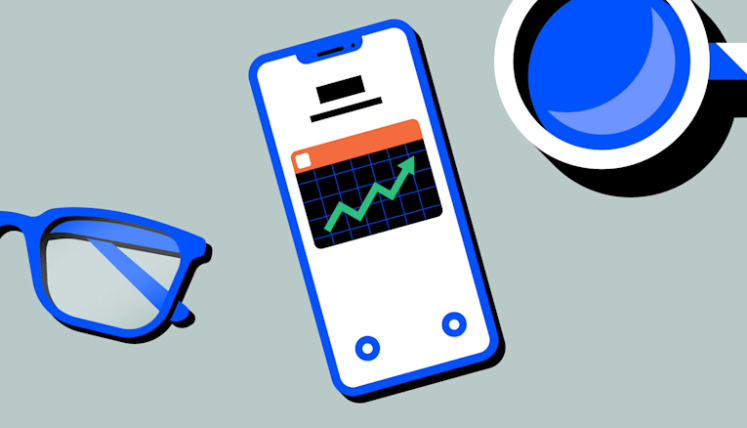
A Non-Fungible Token (NFT) is a unique digital asset that can represent virtually anything, including digital art, in-game items, web3 domains, and more.
Unlike fungible tokens, which are interchangeable, NFTs are unique and cannot be replaced with another identical unit. The perceived value of an NFT is dependent on the asset it represents, and some have been known to exchange for values comparable to physical assets like real estate.
NFTs were first introduced on the Ethereum network but are now available on multiple chains, including Solana, Polygon, Cardano, and Tezos.
Types of NFTs
NFTs can take many forms and have a wide range of use cases. Some of the most common uses include:
-
NFT Artwork: Digital artists use NFTs to distribute their works through decentralized marketplaces. The blockchain's decentralized nature allows NFT holders to truly own their pieces of artwork.
-
NFT Collectibles: Unique digital assets that are part of a collection (e.g., CryptoKitties, CryptoPunks).
-
Web3 Domains: Personalized crypto accounts enabling direct crypto transfers without needing a blockchain address.
NFT Lingo Every Collector Should Know
Key terms include:
-
Airdrop: Free distribution of crypto/NFTs to wallets by projects.
-
Alpha: Insider information about an NFT project.
-
Allowlist: Pre-approved wallet addresses for guaranteed minting access.
-
Ape: Buying NFTs impulsively without research.
-
Burn: Permanently removing an NFT from circulation.
-
Floor price: Lowest listed price for an NFT in a collection.
-
Fungible: Interchangeability of tokens (vs. non-fungible uniqueness).
More NFT Terms
-
1/1: A one-of-a-kind NFT with only one copy.
-
AI Art: Art created using artificial intelligence.
-
Aping: Aggressively purchasing new NFTs without due diligence.
-
Blue Chip: High-value, stable NFT projects/collections.
















